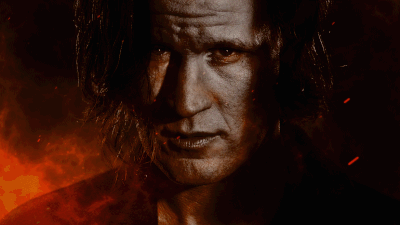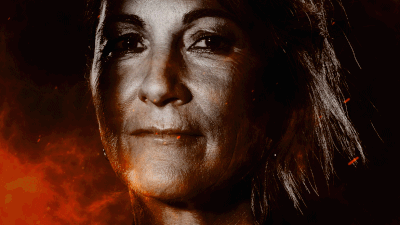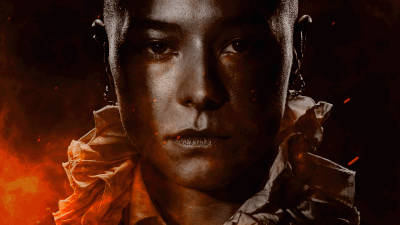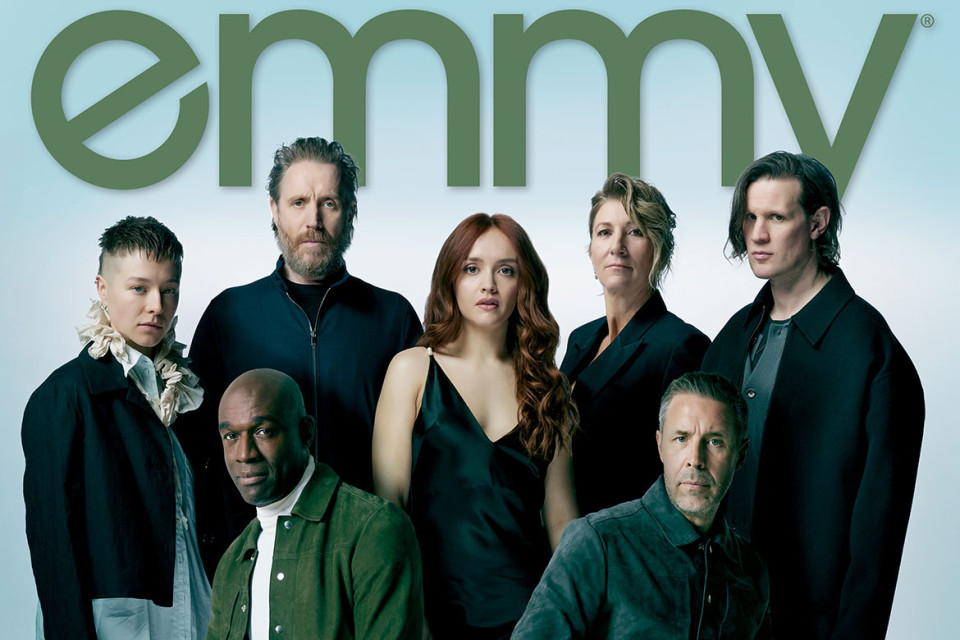"Have you thought about making it about the women?"
That suggestion to Miguel Sapochnik, the British director–executive producer of Game of Thrones who won an Emmy and a DGA Award for helming the episode "Battle of the Bastards," came — not surprisingly — from his wife, Alexis Raben, who is also his production partner.
Sapochnik, it should be explained, also directed Game of Thrones episodes such as "Hardhome" and "The Long Night." These, along with "Battle of the Bastards," stand as technical masterpieces, as well as the grandest of Grand Guignol splatterfests — the kind of testosterone-fueled, blood-and-thunder spectacles that have become archetypes both for the series and for the possibilities of premium TV.


But when it came to a discussion of a GOT spinoff — and that question from Raben — Sapochnik was of two minds. Every season he'd done of Game of Thrones (he directed two episodes in seasons five, six and eight and also executive-produced on eight) had turned into a year's work. He had other projects in development, like a Conan series, that would grant him a break from Westeros for the first time in a long time.
Watch our Under the Cover interview with the House of the Dragon cast.
Then again, HBO had a script for him to look at, set 200 years before Game of Thrones and chronicling the implosion of House Targaryen. It was good. It had been developed from George R.R. Martin's book Fire & Blood by Sapochnik's friend (and confirmed Throniac) Ryan Condal. Sapochnik, who lives in London, went to L.A. to meet HBO's chief content officer, Casey Bloys, and the network's head of drama development and production, Francesca Orsi. They asked if he was ready to sign up.
His answer? Maybe.
"I was interested in working with Ryan, but I wasn't sure I wanted to board that same train again," he says.
Sapochnik needed a reason to do it. And he was well aware that, justifiably or not, Game of Thrones had a reputation as a particularly male-oriented and manly show.
"Let me clarify..." he says. "Game of Thrones has [some] really strong female characters. It also [depicts the] mistreatment of these female characters. That perception has followed it — at times, wrongly so."


Sapochnik was equally aware that his own work had come to be lauded for its battle sequences and associated with visceral depictions of violence. "As I'm getting older," he says, "I find that violence hard to watch. I don't want to be putting it on screen without there being some point to it."
So he showed the script to Raben, who said: How about switching the focus to the victims? To the women who were crushed by, and then rallied against, the patriarchy that dominates George R.R. Martin's quasi-medieval world?
"It was a light bulb moment," Sapochnik says. "Suddenly I was looking at these characters and thinking, 'Why don't we make a show about the patriarchy, its relationship to women and the fact that they don't want women to rule?'"
It was also a moment of communion — though the parties involved were not yet aware of each other's thinking. Sapochnik's reflections about the women characters in fact mirrored those of Condal. So the men who would become coshowrunners of House of the Dragon were already on the same wavelength.
And those lights that ignited for Sapochnik and Condal — and before them, of course, for Martin — will be shining widely as of August 21. That's when House of the Dragon — one of a handful of GOT spinoffs under consideration as the original series reached its end in 2019 — debuts the first of its ten episodes on HBO and HBO Max, sending viewers back to Westeros once more.














